Scientists Harness Wood’s Unique Properties to Make Furniture That Assembles Itself
What if wood could shape itself into furniture? It sounds like something out of a fairy tale, but one group of German scientists has actually turned this idea into a near-magical reality called HygroShape.
Researchers at the University of Stuttgart studied the drying properties of wood and used computational designs to engineer sheets of moist wood that could automatically form desired shapes as they dried.
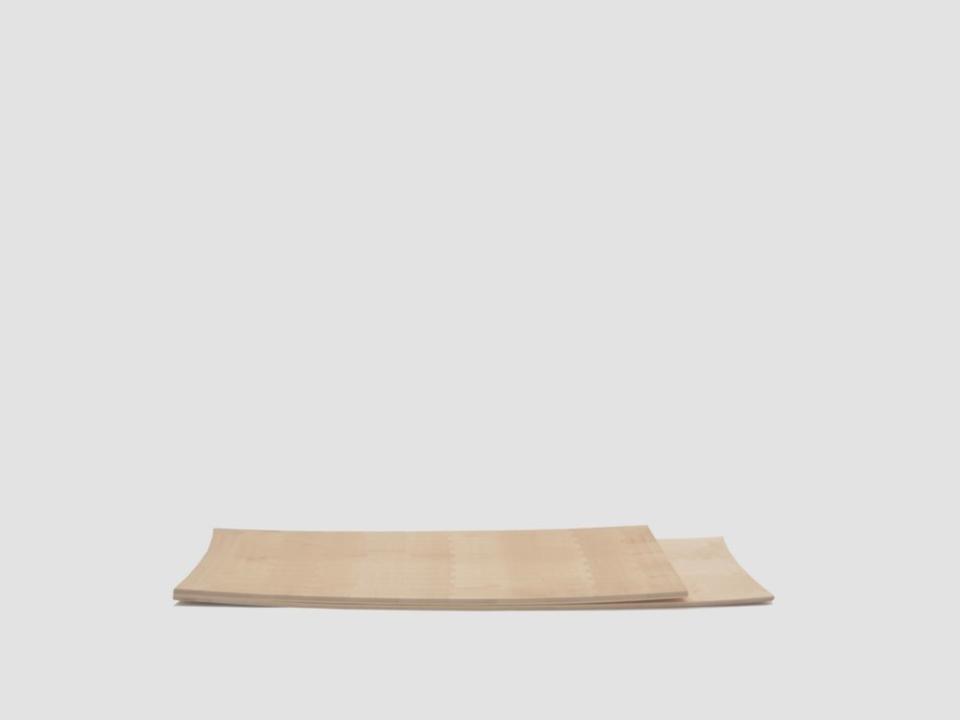
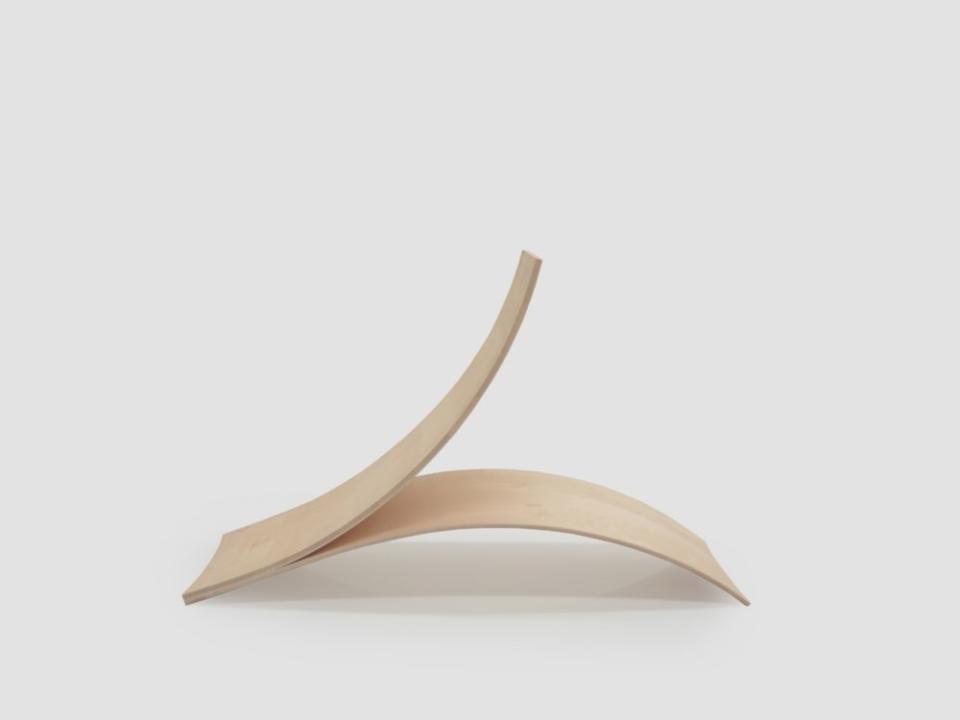
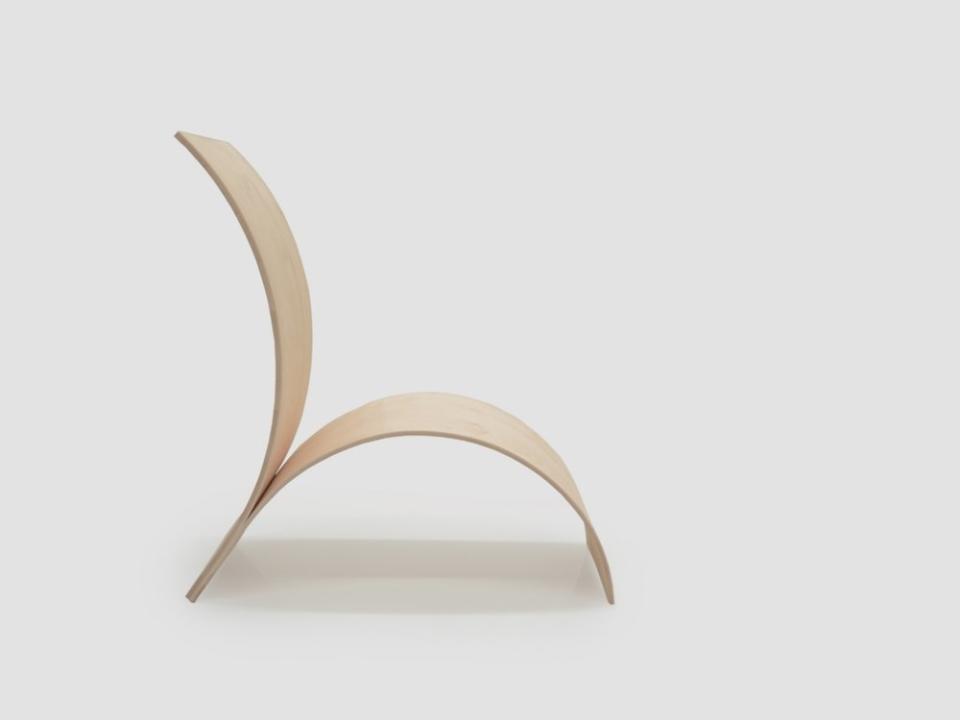
“There’s a hidden code in the layout of the boards,” said researcher Dylan Wood in an interview with FastCompany. “And when you put them into your house, which is typically dry, they dry out and this physical shape emerges from this code.”
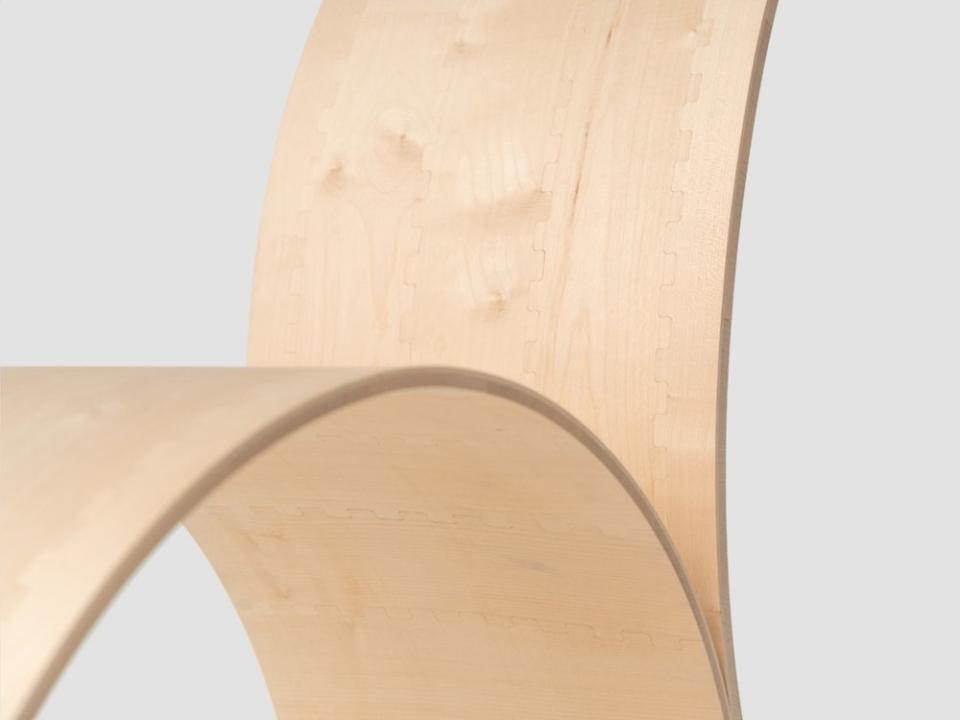
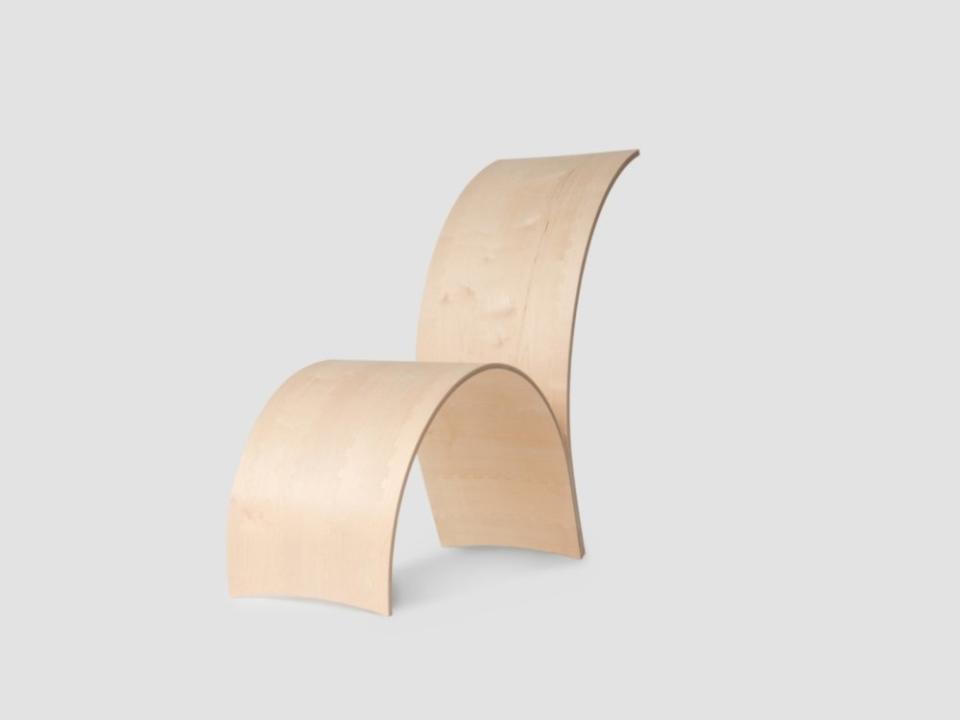
Dylan and his team wanted to preserve the natural strength of wood while eliminating much of the waste created with traditional furniture-making techniques. They took their cues from the biomimetic process that occurs when pinecones open after falling to the ground. While the conifer cones are still attached to the tree, their scales, made of moisture-preserving fibers, remain tightly shut for water containment and protection from predators. When the pinecones die and fall off, however, the scales dry out and passively open into a new shape, releasing the inner seeds for future tree growth.
The Stuttgart team used the same principles to create self-assembling furniture. The process starts with a fresh-cut tree that gets sliced into planks. After that, each sheet is scanned for water content and grain using a custom software. The system analyzes the data and can predict how each piece will bend when it dries out.
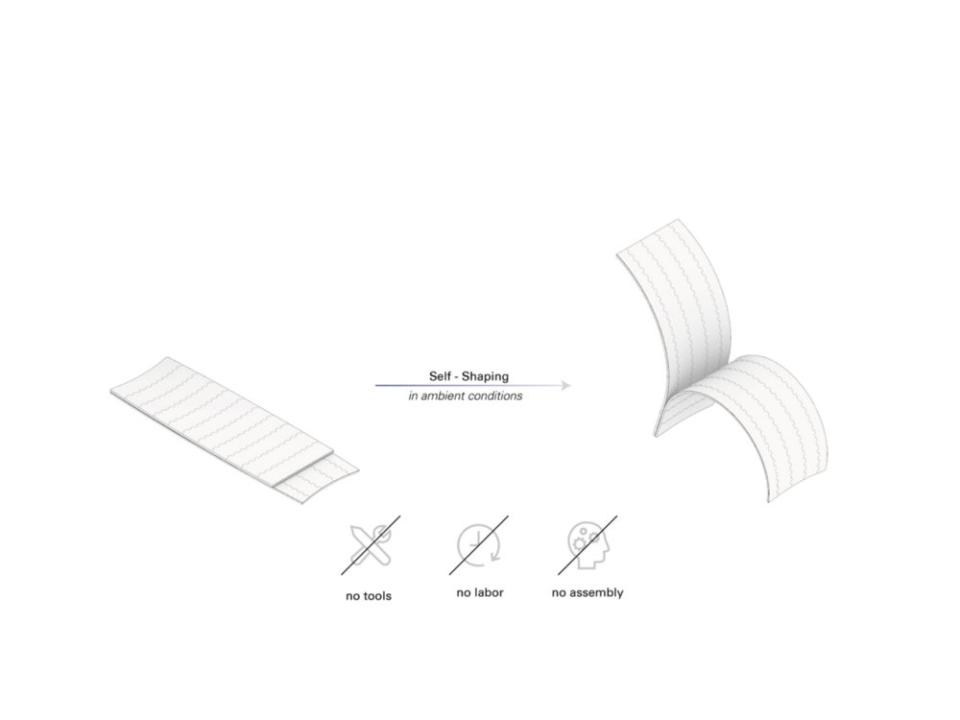
“You usually have to be very careful about this [grain] system and how you use it, but it can be very technically mapped out,” notes Wood, adding that “part of the cleverness in what we do here is we kind of put it back together in a slightly different way.”
Based on the prediction software, the researchers cut the wood into puzzle pieces that are assembled in a specific pattern. Everything is then pressed flat and wrapped in packaging that traps in the moisture. After the furniture is shipped and unpacked, the wood will slowly (over the course of 8 to10 hours) dry and warp to form itself into a chair or chaise.
Because the wood’s molecular properties are preserved, instead of being crushed into sawdust and glued back together like in most furniture, its natural strength is also retained.
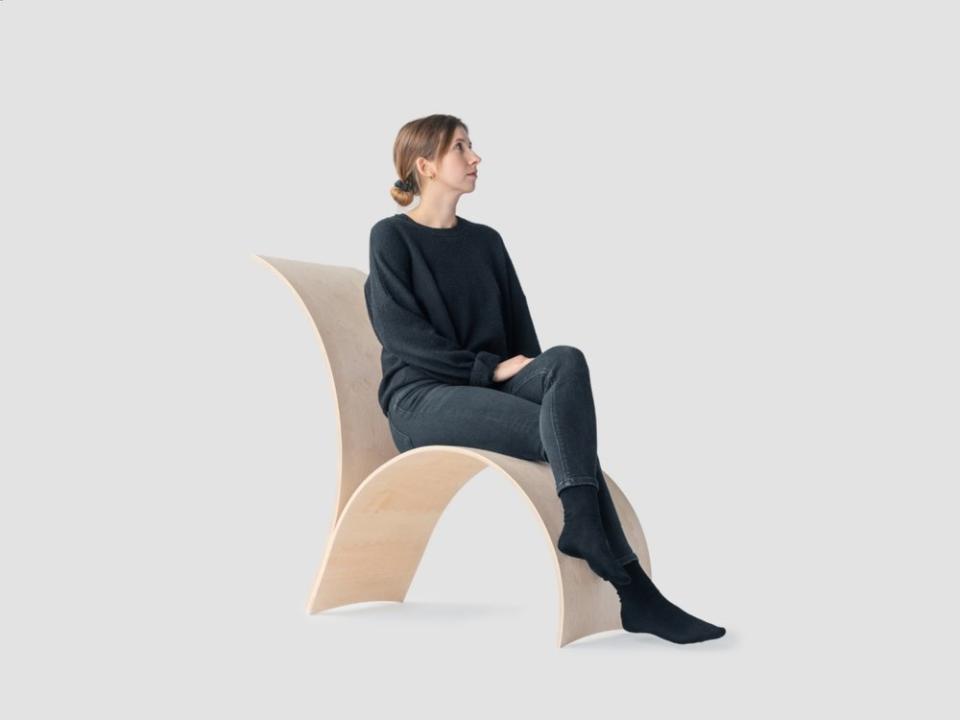

Wood used this knowledge and the HygroShape design to co-found Hylo Tech, a spin-off company for retailing the self-forming seats. Along with co-founder Laura Kiesewetter, the Hylo Tech website advertises the H1 upright lounge chair and the H2 chaise lounge rocker.
The design of the H1 has been compared to the famous midcentury Eames Lounger by Herman Miller, which bears a similarly elegant molded shell.
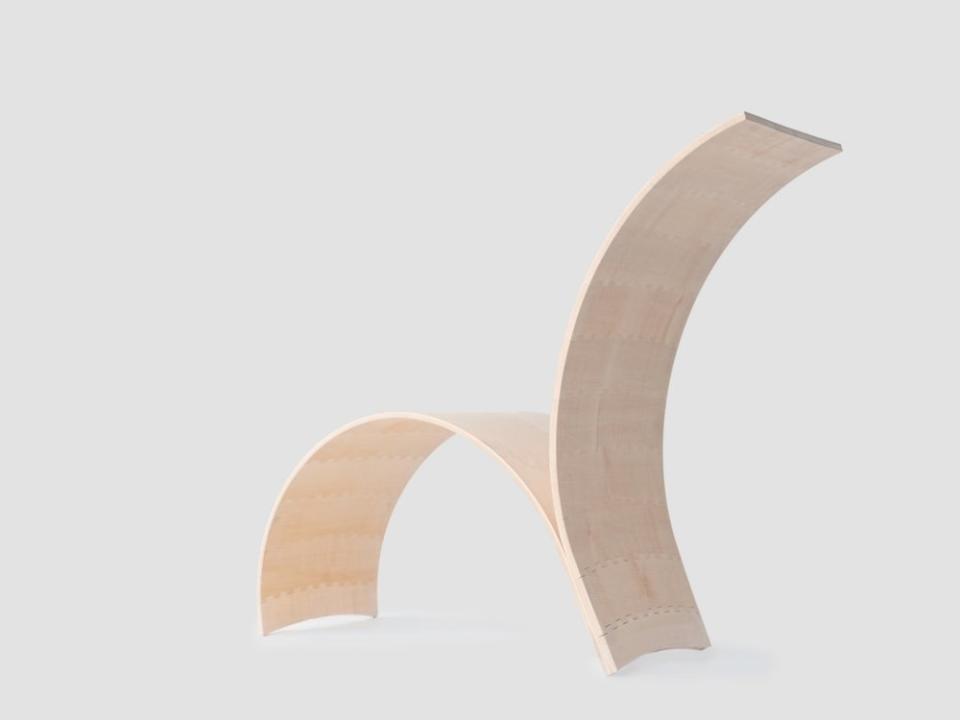
“We love the Eames chair. We see this almost as a reinvestigation of that spirit,” says Wood. “But what’s shocking is that we can get the shape just from the pieces and the materials. We don’t need the mold.”
The finished H1 and H2 are strong and durable, but because of the individual variations in the grain and the drying process, the exact shape of each chair can still shift and change slightly over time.
“We always thought we wanted it to look exactly like the picture,” says Wood. “But trialing with friends and colleagues, [we learned] there actually is a kind of value to the things being slightly different, and expressing the variation they have in the wood.”
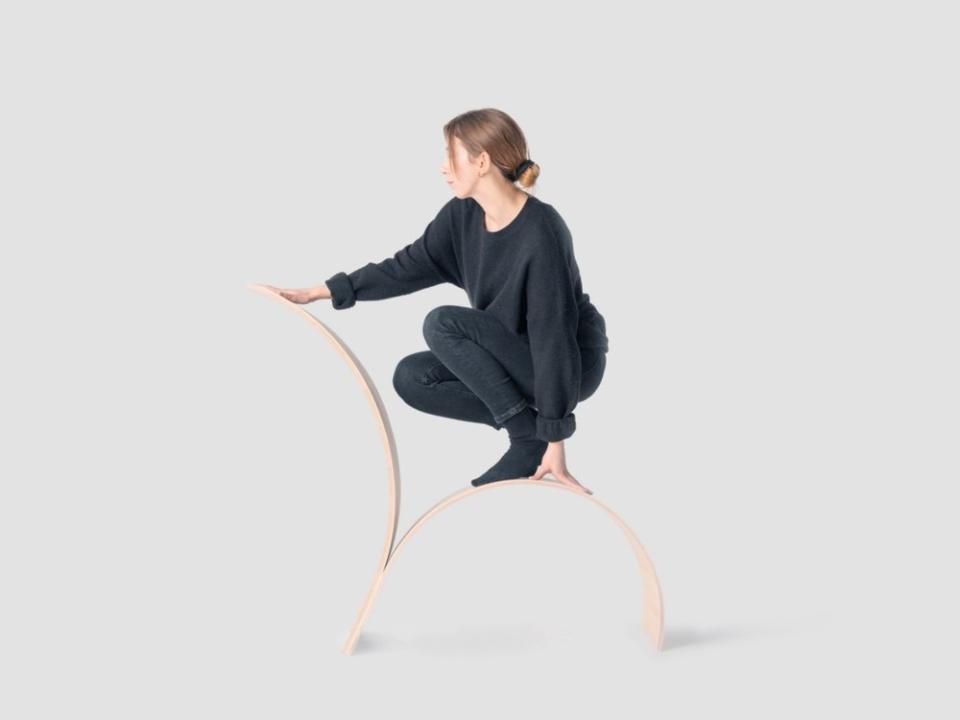
Because the technique is still experimental, interested buyers can contact the company for more details. The website says it products should hopefully start shipping in summer 2022.
The post Scientists Harness Wood’s Unique Properties to Make Furniture That Assembles Itself first appeared on Dornob.

